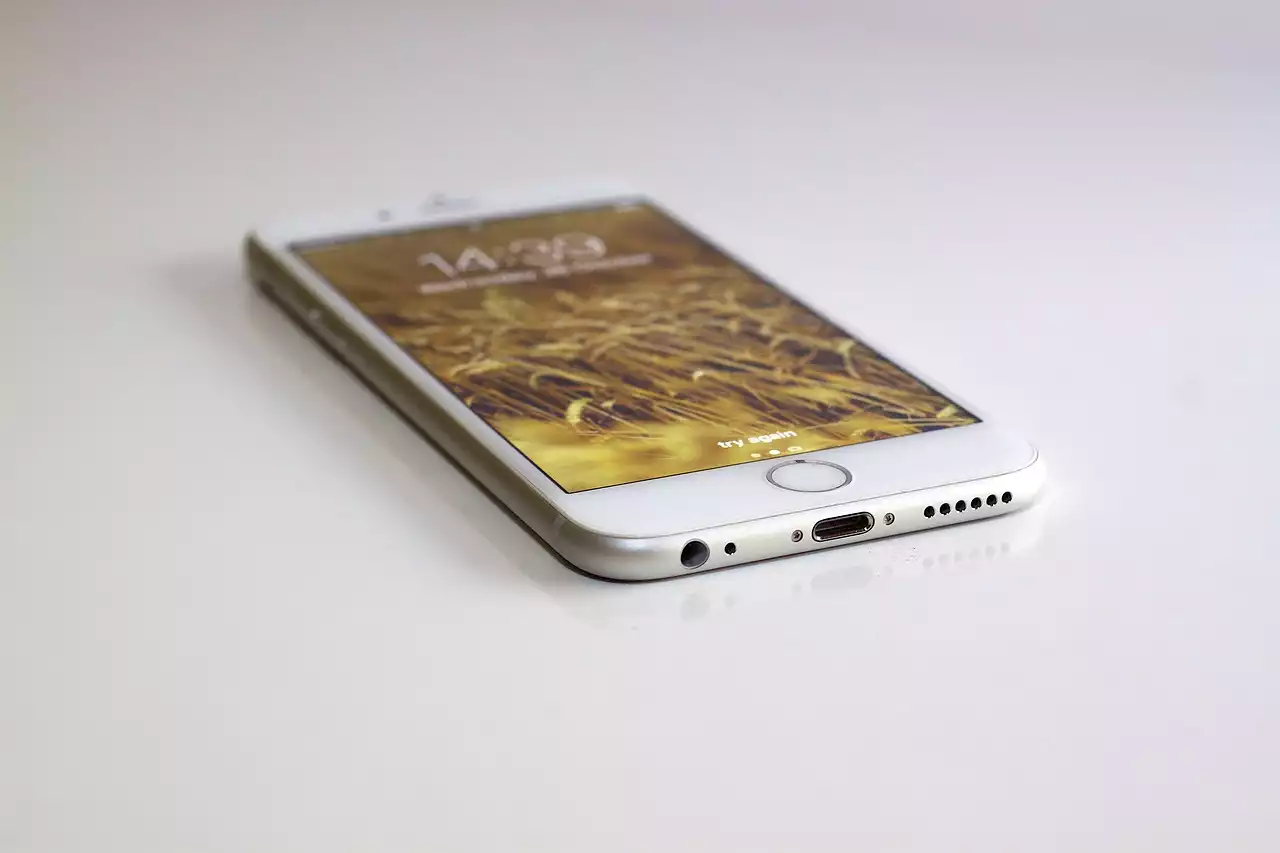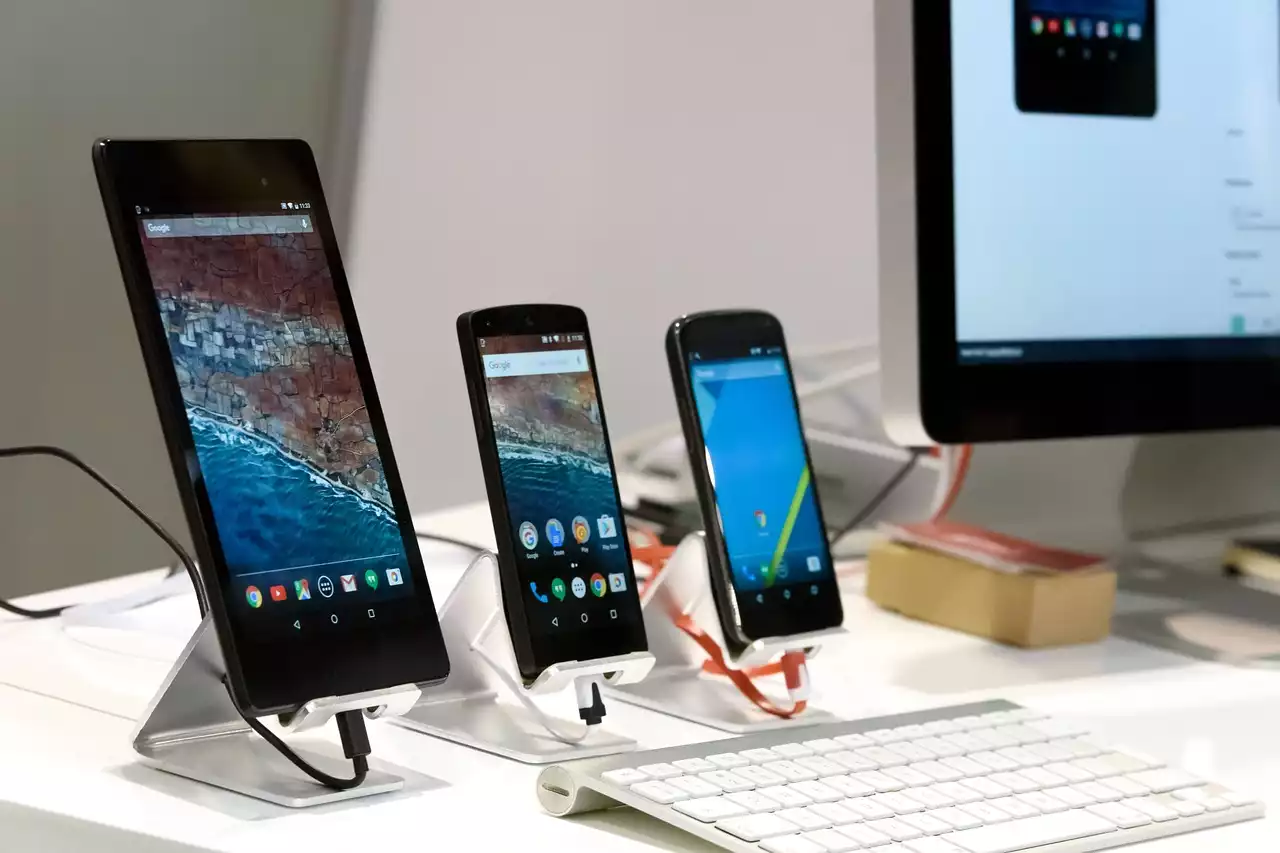History of Android phones
The prototypes of Android phones came about in 2003 when Andy Rubin and a team of engineers created the Open Handset Alliance. The Alliance was created to develop a new open-source operating system to replace the closed software seen in mobile phones at the time. This OS was called Android OS and was distributed by Google. The first Android prototype was cobbled together from a Palm Pilot, a laptop, and a G1 phone. The G1 phone was released in 2008 with a touchscreen and a full QWERTY keyboard. It could also be fitted with a stylus and it was the first Android phone to hit the market.
a. Early development and release of the first phone
Android phones began to be released in 2008 and were initially manufactured by HTC, LG, and Samsung. These early phones were mainly similar to the G1 but lacked some of the features we see in modern Android phones, such as the ability to run multiple apps simultaneously. Additionally, the early Android phones had poor battery life and did not have the capabilities to access the internet via the mobile network. In 2009, Google implemented certain changes to the OS that allowed it to be used on a wide range of hardware. This was a major change as the OS was previously designed to run on a specific set of hardware. A major milestone in Android phones was the release of the first iteration of Android OS: Android 2.0. It featured a refreshed user interface, an improved on-screen keyboard, and the capacity to run multiple applications simultaneously.
b. The growth of Android’s popularity
Android phones continued to enhance as the years passed by. The release of the Android 2.3 version in 2011 was a significant moment for Android phones due to the fact it was the first version to be released as an official “Ice Cream Sandwich” (ICS) OS. The ICS update brought many new advanced features including a more intuitive user interface, integrated voice command functionality, and the ability to expand the phone’s functionality by connecting it to other devices. The Android OS continued to evolve with each update, adding more functionality and enhancements. The release of Android 6.0 (also known as Android M and later Android Nougat) in 2015, was a major milestone in Android phones. The update was the first OS to carry the “Android” name without including a version number. Additionally, the update marked the first time a new OS had been released without a set name since the “Cupcake” version of Android OS.
c. Customization options
One of the most attractive features of Android phones is the fact that they are highly customizable. Android phones allow users to access a wide range of themes and wallpapers, widgets, and apps that can be used to customize the phone according to their preferences. Additionally, Google’s support for open source enables users to create and design their own Android OS versions. Android phones also allow users to create multiple user accounts, allowing family members to have access to their apps and services without interfering with each other’s settings.
Challenges faced by Android phones
Android phones have come a long way since their inception. However, the road to becoming the number one mobile operating system in the world wasn’t an easy one. The early Android phones experienced some challenges due to stiff competition with Apple’s iOS, BlackBerry OS, and other proprietary OS offerings. Additionally, Android phones had a few technical issues to iron out at the start. These included poor battery life and limited mobile network functionality. Despite these challenges, Android phones quickly rose to become the most widely used OS in the world.
Android phones have come a long way since their inception in 2003. They have evolved from being basic feature phones to sophisticated smartphones with a wide range of features and functions. Android phones have benefited from the open-source nature of the OS, allowing users to customize and modify the phone to suit their needs. These features have helped Android phones rise to become the most widely used mobile operating system in the world.









